Overview
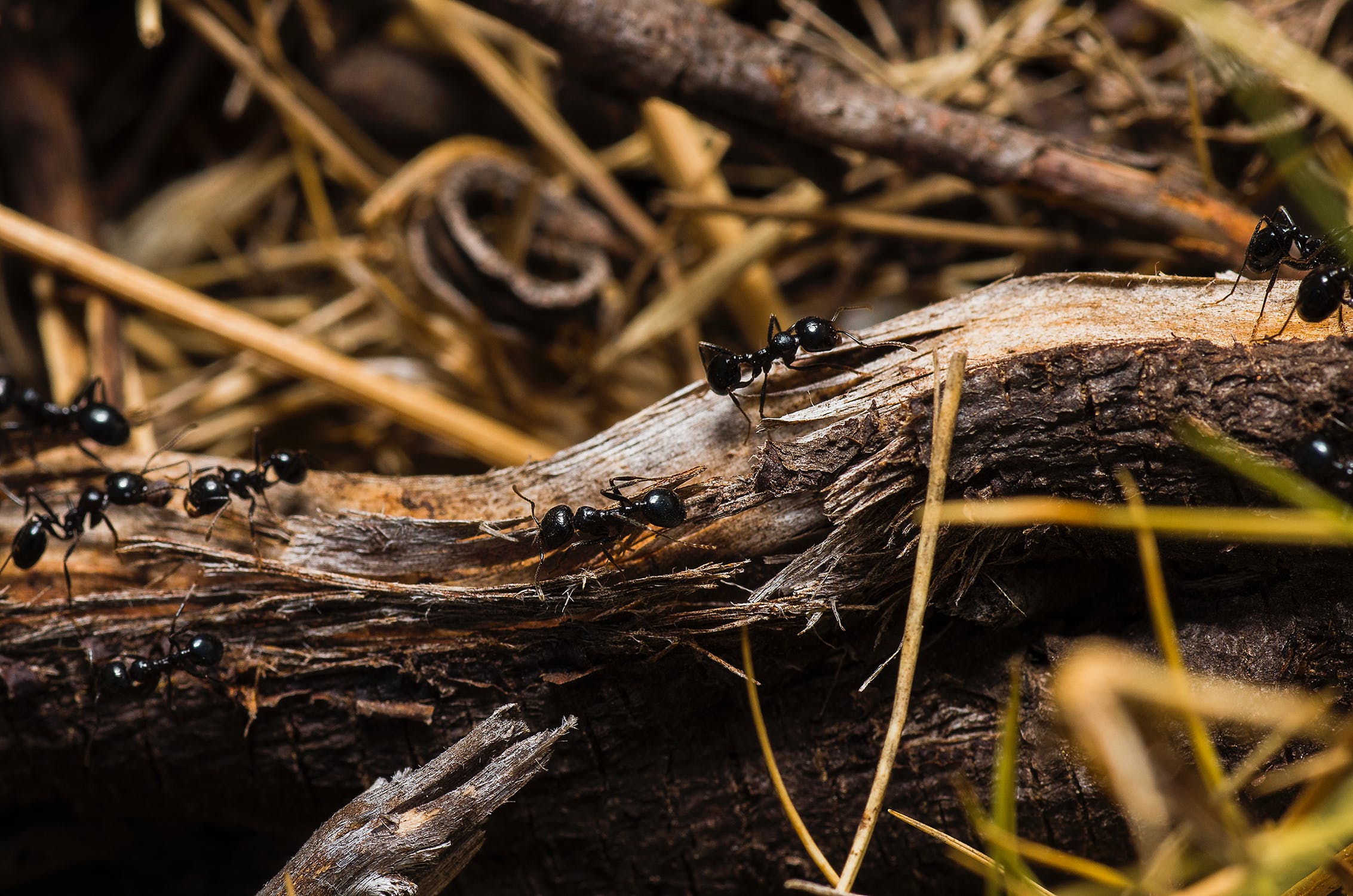 This model shows the predator prey dynamic of ants and spiders in a forest
environment. With birth, hunger, and reproduction factors, this model
can attempt to simulate the real life scenario in a computer model,
saving cost and time for researchers. I have created an agent model
that models behavior of the factors and a system model which models
the underlying structure of the factors.
This model shows the predator prey dynamic of ants and spiders in a forest
environment. With birth, hunger, and reproduction factors, this model
can attempt to simulate the real life scenario in a computer model,
saving cost and time for researchers. I have created an agent model
that models behavior of the factors and a system model which models
the underlying structure of the factors.
What am I modeling, specifically?
I am modeling the behavior of army ants and their natural behavior and lifestyle. Army ants don’t necessarily have hives, but cling to each other with their bodies to create intricate structures made entirely out of ants. As a result of this, they have a transportable home and need to constantly forage for food. The way ants communicate to each other is by releasing pheromones in the environment that other ants can track and trace back to form trails.
In my models, I have a pheromone strength and death pheromone strength that ants can release so that other ants can follow the trails. A scouting ant, in real life, will typically forage out first to inform the swarm of ants where the food is located, and release a trail of pheromones to return to the hive with. Likewise, in my models, the ants will follow these trails and move the “nest” with them as they keep finding food.
Research done to support this model
Some sources of the information found in this model:
The reason why the ants in the model keep changing the location of their nests:
- Science Direct “Army ants lack a permanent nest; instead, colonies alternate between a stationary stage, during which the queen is enlarged and laying eggs, and a nomadic phase, during which the colony often moves in search of food for their voracious larvae”

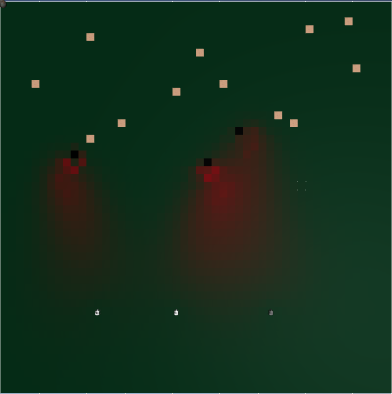
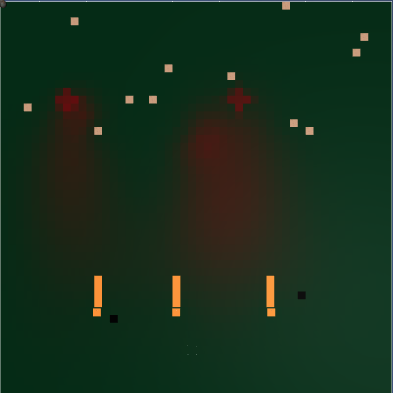
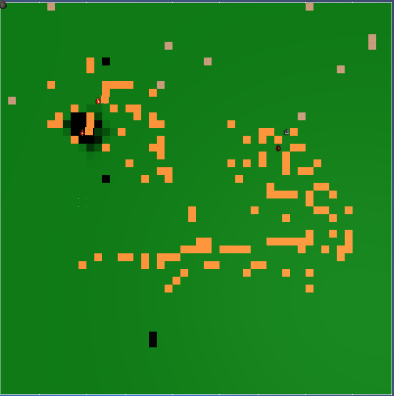
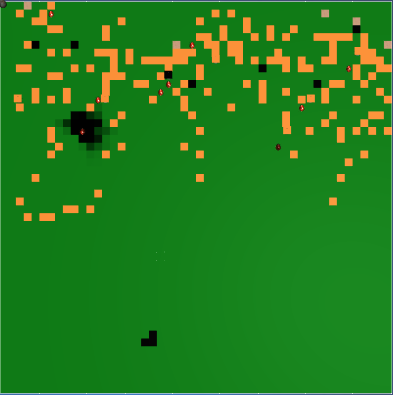
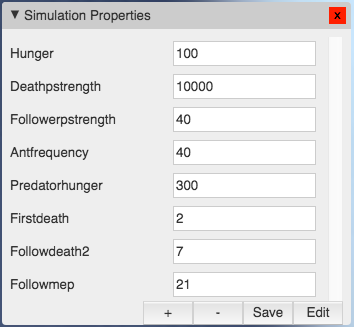 How to Operate Agent Model : Simulation Properties
How to Operate Agent Model : Simulation Properties
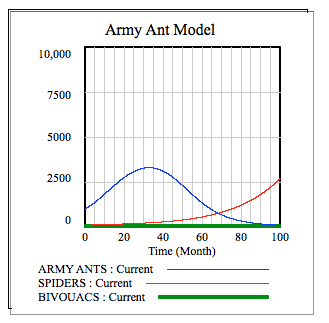
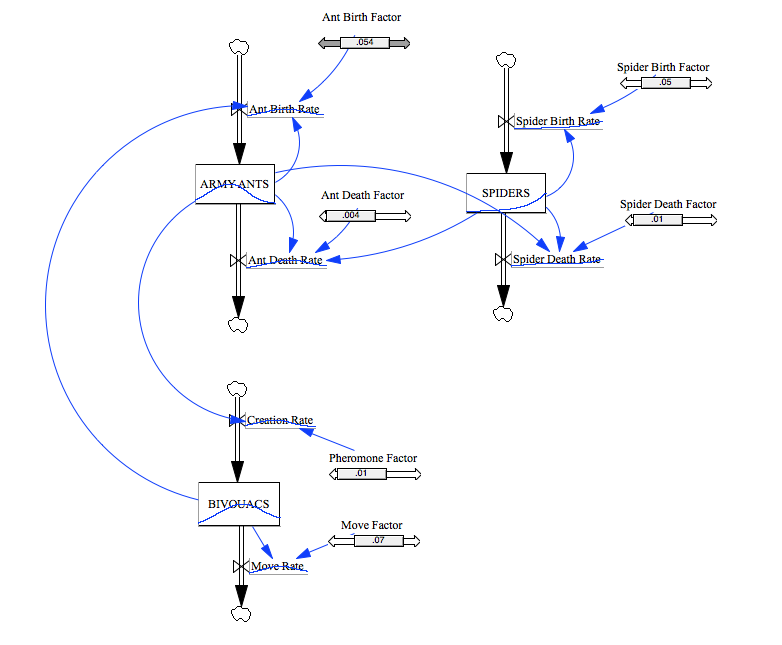 What did you do to try to break the model or push the limits of your model?
What did you do to try to break the model or push the limits of your model?